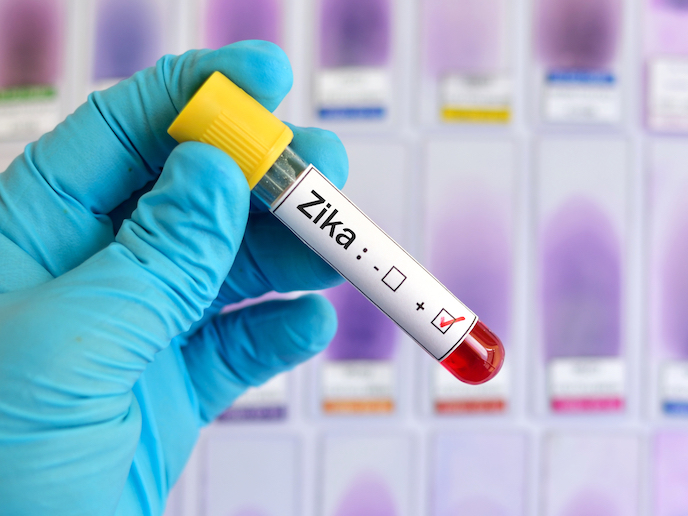Understanding virus evolution provides clues for new types of drugs
Viruses have learned, over millions of years of evolution, to identify the best way to invade a human cell. They do this by engaging key intracellular human proteins for their own benefit. The EU-funded MIMESIS project has built on this knowledge to develop a new way of identifying drugs against diseases. “We thought, if we can understand how this works, maybe we could find new ways that are host-based to counter the viruses rather than using direct antivirals,” says Dr Jacky Vonderscher, CEO and co-founder of ENYO Pharma in Lyon, France. This was tried with influenza. “We found a very interesting family of human proteins called NEET proteins. When we block them, then the influenza virus doesn’t replicate any more in these cells.” Targeting the host “Targeting the host proteins is really innovative,” Dr Vonderscher says, “because modulating the host functions by mimicking the viruses can be useful not just against viruses but also bacteria and other disease types as well.” The team found a small molecule modulator of this NEET protein family that is interesting in metabolic disease such as diabetes, and also in relation to oncology. The prospect of broader application means this previously unexplored host-based approach could be a game-changing starting point for drug discovery for many neglected diseases or where treatment needs are still unmet. It also helps diversify treatment tools to counter the emergence of drug resistant strains. Library of viral peptides-human proteins pairs EU funding helped to scale up the approach. The project first developed a unique library of hundreds of peptide pairs – from viral and bacterial proteins that link to human proteins – and then screened around 10 000 of the small chemical substances derived from peptides, using functional assays, “to see whether they are active against four viruses and two other diseases,” Dr Vonderscher explains. The viruses were: influenza; Respiratory Synctial Virus or RSV which is a dangerous respiratory disease in infants and young children; Zika virus which can cause birth defects including micro-encephaly, or small head and brain size, and Human Rhinovirus which is a cause of the common cold. “We look for the cell to be infected by the virus and whether our tool was blocking the infection,” he says. The team screened some viruses and also looked at bacteria, such as Tuberculosis (TB) bacteria. “We know that during evolution, at one stage, all these bugs use the same type of methodology or pathway,” he says. Cells linked to Immunogenic Cell Death in triple negative breast cancer were also screened. They identified an unprecedented number of active molecules. “We had a hit rate of between 5 % and 15 % which is remarkable – an incredible success story.” Usually the hit rate from a million compound screens is less than 1 %. The screening resulted in 15 hits overall. “From these we are currently selecting leads such as RSV, Zika and TB – and then we will to start to optimise the molecules to make them more potent,” Dr Vonderscher says. Others will be developed with partners, with some big pharmaceutical companies already showing an interest in this innovative approach.
Keywords
MIMESIS, health, pharmaceuticals, molecules, diabetes, immunology, breast cancer, oncology, evolution, virus, bacteria, Zika virus, influenza, common cold, RSV, respiratory disease

